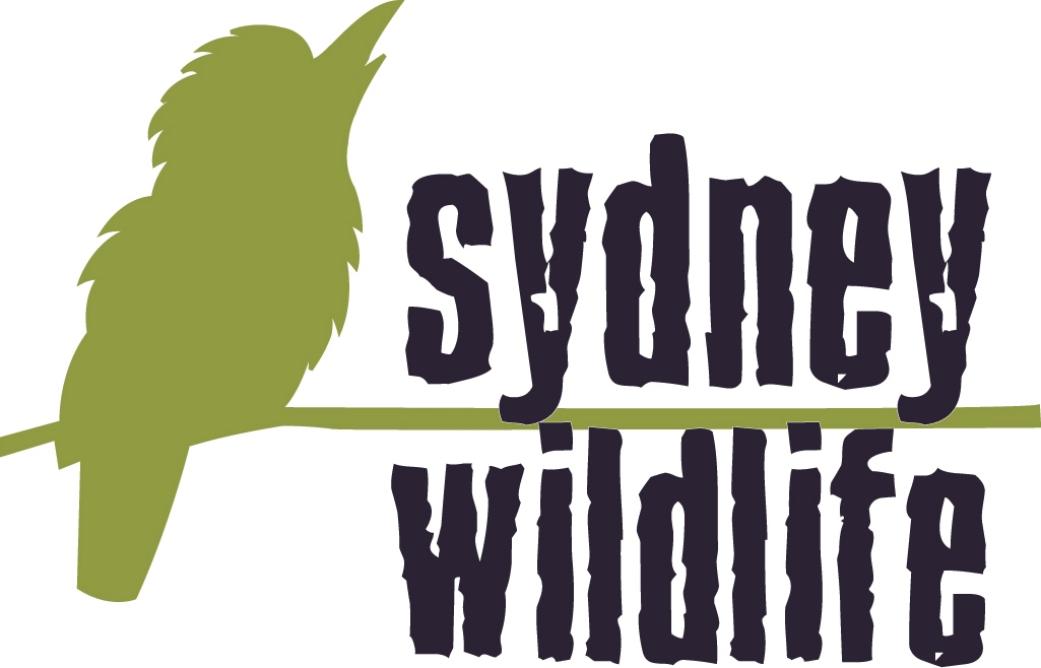February 5 - 11, 2017: Issue 299
Rescue, Rehabilitate And Release
Rescue, Rehabilitate and Release
Sydney Wildlife's charter is to rescue, rehabilitate and release any injured, sick or orphaned native wildlife. The rescue part forms only 10% of the process; the rehabilitation part can be long and arduous depending on the injury sustained or the age of the orphan; the release part should be the best part of the process but it can actually present the most challenges:1. In hand-raised orphans, we can't release them until they are 'dehumanised'.
Raising orphaned joeys (such as wallabies, kangaroos, wombats and possums) means that we provide them with nourishment, protection, warmth and love - everything their mothers would offer. This is Phase 1 of their rehab. Unfortunately in Phase 1, they become humanised and reliant on us. This is why Phase 2 is important: the 'dehumanisation' process. The hand-raised joeys are taken up to our Sydney Wildlife Pre-Release Facility to become ready for the wild. They are only in contact with humans once a day and here they learn to deal with all types of weather, parasites and finding food - all in a controlled environment, without predators. Our wonderful facility manager, Joan Reid, has hand-raised countless joeys and she knows the importance of Phase 2 for the joeys to have a seamless assimilation into the wild.
Ringtail possum joey - very vulnerable and in need of feeds around the clock.
Brushtail possum joey.
Our Pre-Release Facility manager, Joan Reid, with a wombat joey.
2. Releasing baby birds that have 'fallen from the nest'
Humans often 'kidnap' fledgling birds that are learning to fly. They mistake the process of learning to fly for falling and snatch up the babies with the parent birds watching on in horror as their fledging bubs get whisked off to the nearest vet. Sydney Wildlife is then called to care for the chicks but we often bring them back to the 'scene of the crime' to reunite the babies with their parents so that their flight lessons can continue.
Fledging lorikeets being reunited with their parents.
3. Capture and release of snakes in unwanted locations
We regularly get called to relocate snakes that pop up in backyards, on construction sites, in offices or inside homes. We have no problem removing them from dangerous situations but it's often tricky to know how far to take them or where a safer place would be. Each species of snake has a different-sized home range and it's important not to take them out of it. Releasing snakes at the correct time of day is also essential. If the snake is nocturnal, it must be released at night.
Diamond Python removed from a dangerous construction site and relocated to nearby bushland.
4. Finding suitable habitat for release
Sometimes our rescuers hand-raise orphaned bats or invest countless hours rehabilitating venomous snakes - but these species and many others are deemed a 'nuisance' or 'undesirable'.
Bats often have their habitats chopped down to discourage them from roosting. Finding suitable habitat to release hand-raised pups is becoming impossible. One also needs to consider adequate food sources when releasing wildlife.
Flying fox habitat decimated in an attempt to discourage them. Photo by S. Thorpe.
Some venomous snakes, like this eastern brown snake, are treated cruelly and many people feel they should be killed instead of captured and released. Photo by N. Wedlock.
Sydney Wildlife do not discriminate. We love all our wildlife. We treat them all as priceless treasures and we adhere to our charter for all species: rescue, rehabilitate and release.
Sydney Wildlife: www.sydneywildlife.org.au Phone: 9413 4300
By Lynleigh Greig
Sydney Wildlife
Sydney Wildlife do not discriminate. We love all our wildlife. We treat them all as priceless treasures and we adhere to our charter for all species: rescue, rehabilitate and release.
Sydney Wildlife: www.sydneywildlife.org.au Phone: 9413 4300
By Lynleigh Greig
Sydney Wildlife
